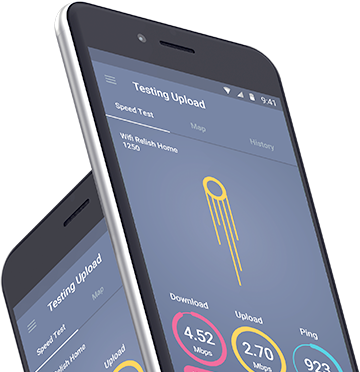Introduction
Last time round, only three out of seven of our awards were won outright, with the remaining four shared between joint winners. In this report, the playing field has become even more competitive, as only one award — Download Speed Experience — has been won by a single operator, i.e. StarHub. On the flip side, the number of three-way ties has fallen from three to two, with M1 losing its joint winner status on both Video Experience and Games Experience, while a new three-way tie has opened up on Voice App Experience, between the previous sole winner — Singtel — along with StarHub and TPG. StarHub has forced a two-way tie on Upload Speed, which was previously solely held by Singtel and M1 has done the same to TPG for 4G Availability.
As we’ve noted earlier, new entrant TPG has done extremely well since our last report, as it has narrowed the gap between it and its more established rivals across a number of our measures of the mobile experience and has become a joint winner for Voice App Experience. However, while its Upload Speed Experience score has risen by 20.5%, our M1 and Singtel users still observed average overall upload speeds that were 2.3 times and 2.6 times those of their TPG counterparts, respectively. In addition, not everything has gone TPG’s way given that M1 has tied with it on 4G Availability.
TPG failed to obtain mid-band spectrum from the IMDA’s 5G Call for Proposal (CFP). Instead, the 5G winners were Singtel and JVCo (a consortium formed by M1 and StarHub). Mid-band spectrum is scarce in Singapore due to its extensive use for satellite communications in much of the South-East Asia region and the limited amount of 5G mid-band spectrum that was available for auction is the reason it was packaged into just two lots.
Fortunately for TPG it will be able to obtain wholesale access to Singtel and JVCo’s 5G networks and it will be able to deploy 5G using 800 MHz of mmWave spectrum. While mmWave on its own is difficult to cost-effectively deploy across large areas due to its propagation characteristics, Singapore’s city-state status means that it is one of the best places in the world to deploy mmWave. In addition, an operator’s need for spectrum is heavily influenced by the size of its customer base. If TPG has less users than its competitors (which is likely given that it is a new entrant), then it needs less spectrum to provide them with a good experience.
In this report, we've analyzed the mobile network experience of Singapore’s four national operators — Singtel, M1, StarHub and TPG — in the 90 days starting August 1, 2020, to see how they measure up. Given that Singtel, StarHub and M1 have all launched trial 5G services, we have used 5G measurements in addition to those from previous generations of mobile network technology when determining the overall scores for each metric.



